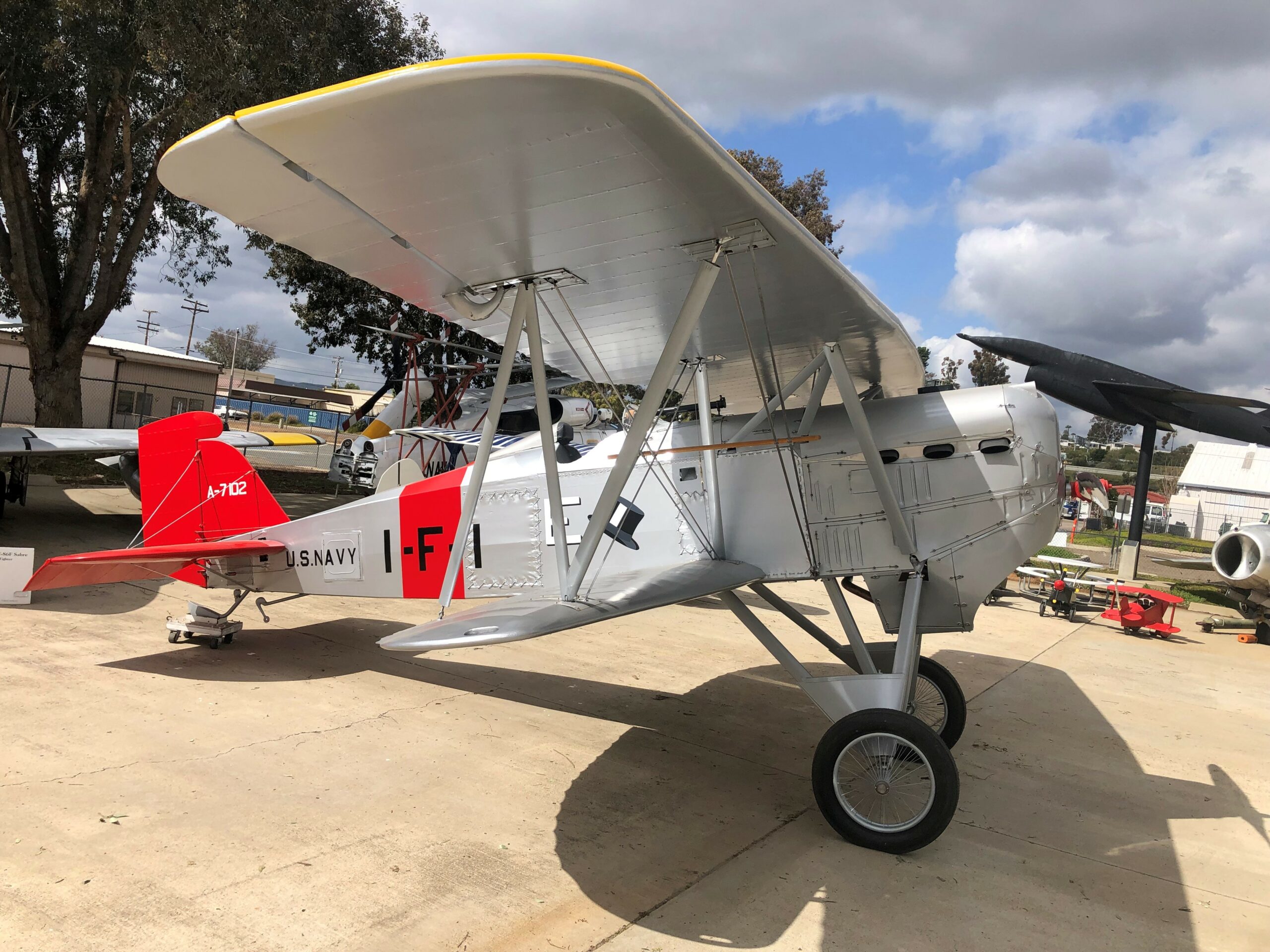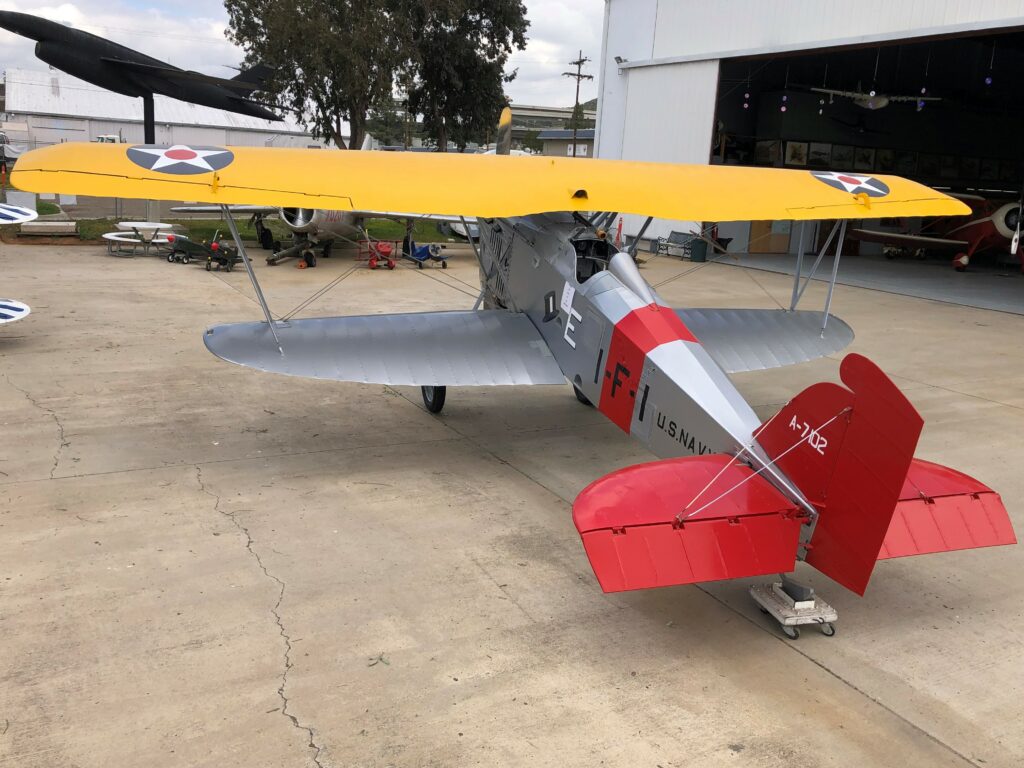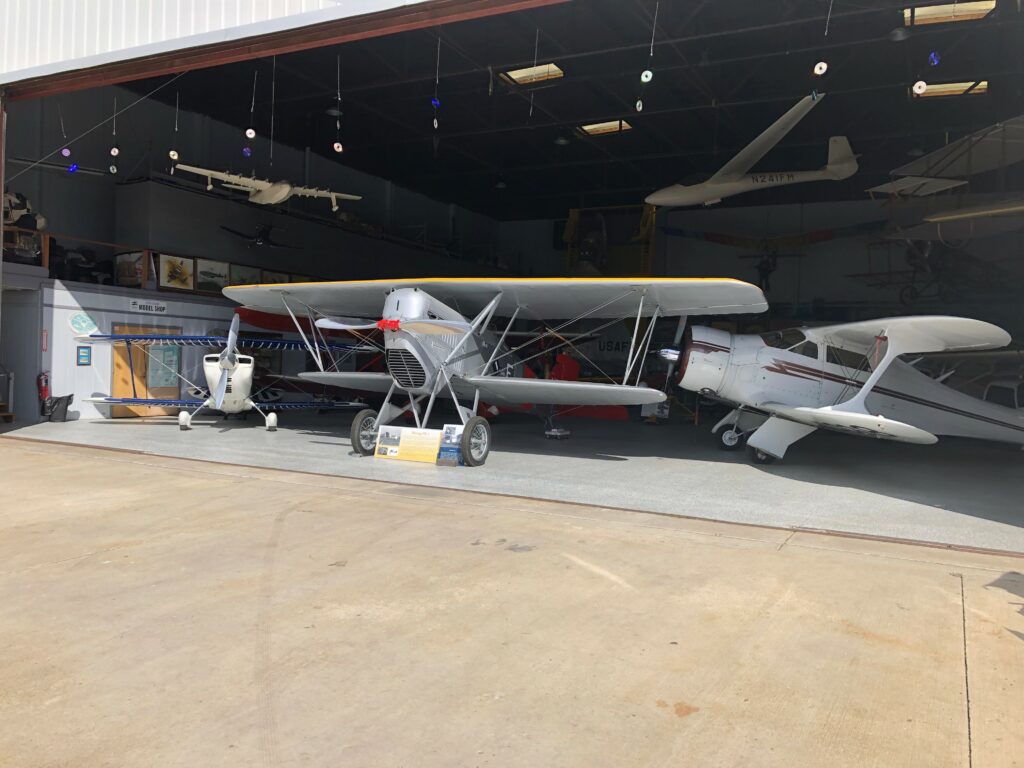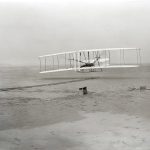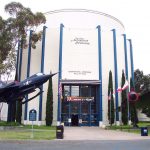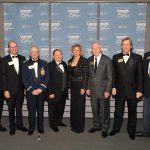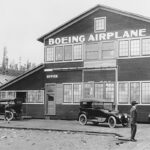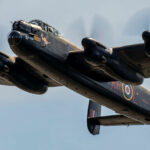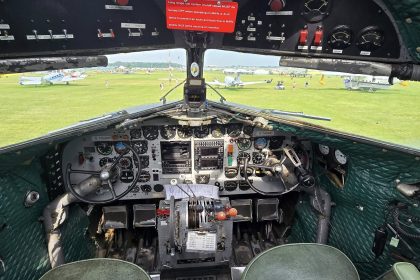The San Diego Air & Space Museum is in the final stages of restoring a Boeing FB-5 Hawk, the first aircraft designed and built specifically for use on an aircraft carrier. One can trace the FB-5’s origins to one of the best fighter aircraft of the First World War – the Fokker D.VII – which Germany used to great effect. After studying the excellent qualities of that legendary aircraft, Seattle’s Boeing Airplane Company produced the PW-9, a nimble fighter introduced to the US Army Air Service in 1923.
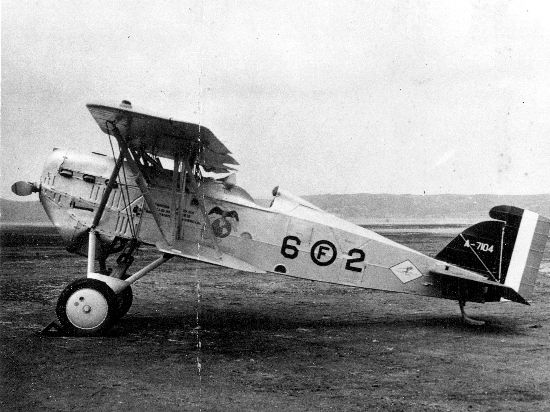
Impressed with the PW-9, the U.S. Navy ordered ten virtually identical aircraft as the FB-1, although these examples were not equipped for carrier use. Eventually, however, the design evolved to become sturdy enough to withstand the rigors of operating from aircraft carriers. This involved strengthening the fuselage and landing gear, and adding a tail hook. Furthermore, with the FB-5, the wings were staggered to allow greater pilot visibility; the rudder also received a design update to improve aircraft stability.
The FB-5 made its first flight on October 7th, 1926. Boeing delivered twenty-seven examples to the Navy on January 21st, 1927. The delivery operation was a unique affair. Previously, standard delivery procedure had involved either trucking the aircraft to the customer or simply assembling it and flying to the delivery point. However, in this case, the manufacturer stood each FB-5 on its nose atop a dolly, and then rolled it out of the factory for placement on a barge in Seattle Harbor, which then took the Hawks to the awaiting carrier USS Langley. Therefore, each FB-5 made its maiden flight from Langley’s deck!
Although a satisfactory fighter, the FB-5 fell victim to the U.S. Navy’s 1930s preference for only operating aircraft with air-cooled engines from their carriers. This dictum resulted in the Navy transferring their FB-5s to the U.S. Marine Corps for the use of shore-based squadrons.
The basic structure for the San Diego Air & Space Museum’s FB-5 restoration project arrived at Gillespie Field in 2012, making the journey from Fred Peters place in Corona, California. The project comprised an incomplete tubular-steel fuselage, partially complete lower wings, upper wing ribs, and various detail parts, most of which were reproductions. Only a few detail parts in the aircraft are of original manufacture. The museum has yet to decide where they will display the aircraft once it is complete.
Four examples of the FB-5 exist today, these being at the San Diego Air & Space Museum, the Smithsonian’s National Air & Space Museum, the National Museum of the Marine Corps, and the Planes of Fame Air Museum.
To support the museum, please visit www.sandiegoairandspace.org







